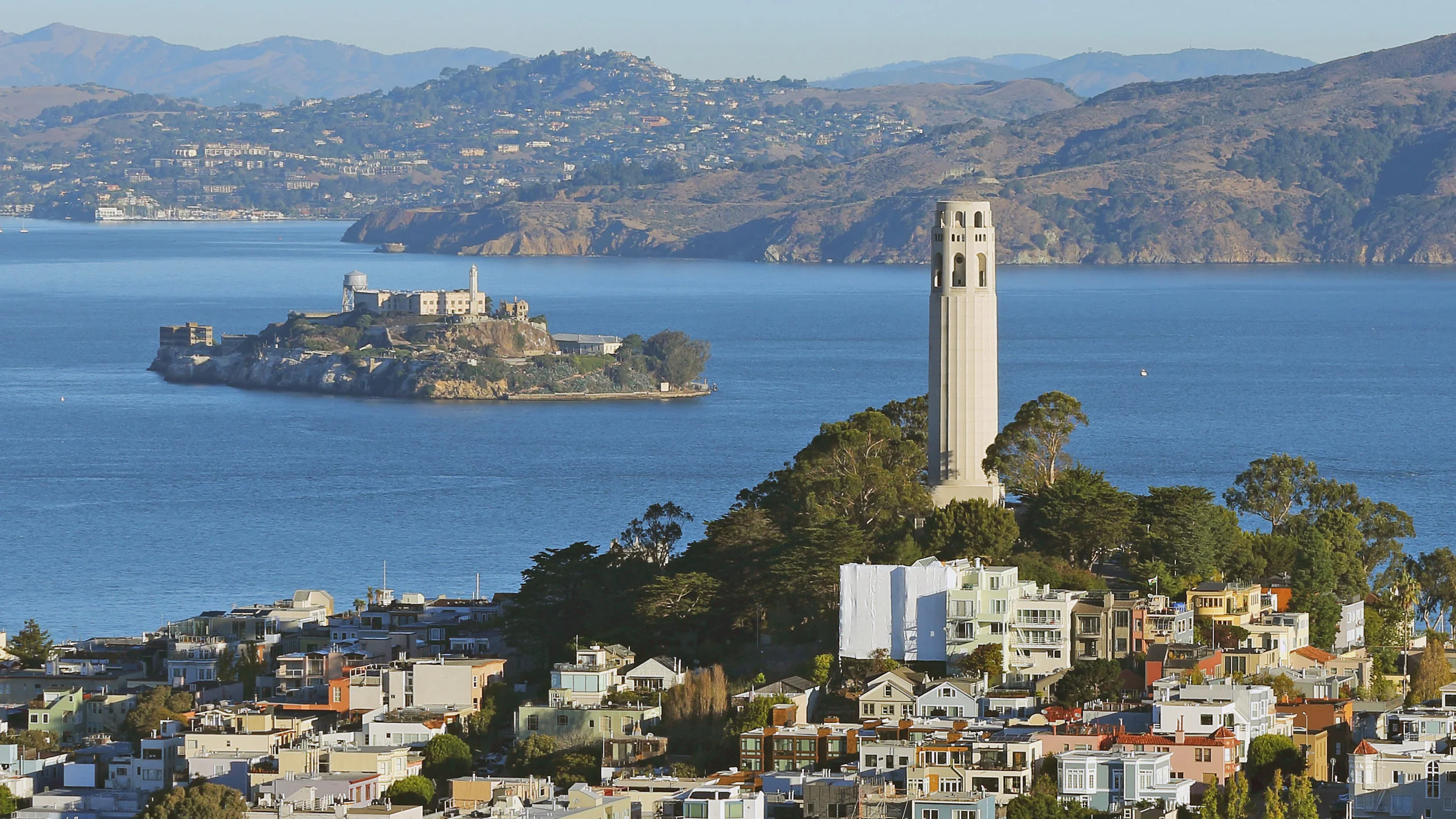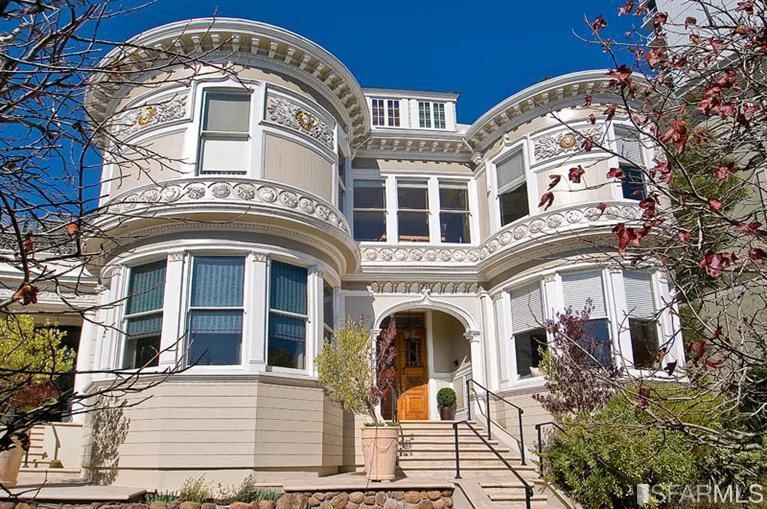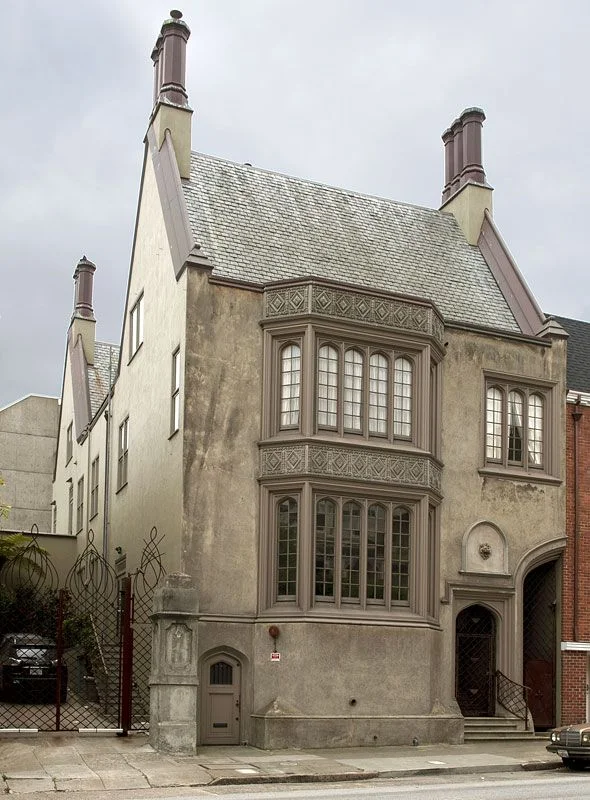Jennifer Weiss
The LH Interview: Jennifer Weiss
December 7, 2019
CAENLUCIER: What is your outlook on your current practice?
JENNIFER WEISS: We have always focused on design excellence, with construction management experience - a combination that isn’t so common - and this means our projects are aesthetically and intellectually rigorous as well as financially informed. Now, with 15 years under our belt and with a well established team, we are able to take on larger projects, and new project types like art galleries and commercial spaces – so that is exciting.
CL: Would you describe yourself as more logical or creative?
JW: Both simultaneously! Creative within a logical framework, I guess.
CL: You identify yourself as a Modernist. What does that mean to you?
JW: Modernism was the movement that reset architecture. It’s when people discovered that the most authentic “style” isn’t a style at all – it’s a focus on timeless ideals: truth like an honest expression of materials and processes; removing ornamentation and relying on the beauty of materials themselves to be the “decoration”; logic; forms and floor plans that aren’t preconceived but rather that emerge after allowing space, light, materials, spatial relationships and its inhabitants to thrive. Our work is “warmer” than much of the original Modernism, in part because I bring my California sensibility, and also a sensitivity to specific site and context, which some Modernism lacked. I associate with the “warmer” Modernists like Alvar Aalto. Aalto incorporated a lot of wood, and was from a woodsy part of Finland. My visits to his many works there in that region, and my California upbringing, have likely influenced our work in this way. We often incorporate wood and other warm, rich, tactile materials, if the site and context call for it.
CL: What long lasting benefits have you had from your undergraduate studies of architecture and art history in Paris?
JW: My studies abroad, and domestically, were intensive. I was so fortunate to have studied architecture and art at Columbia - in New York and at their school in Paris. At both campuses, most of our studies were “in situ”, in the site: looking at the actual works of architecture and art all over Europe - daily. This approach and intensity instilled in me an instinct of sorts, a visceral reaction, for beauty, proportion, and design; and a breadth and depth of knowledge, and a level of detail and understanding that I think guides much of our work. Those 4 years, combined with 4 years at Harvard GSD (Graduate School of Design), formed my architectural and design sensibility more than any other one time period. I have actually been told several times that my architecture style is California Modern infused with a European and New York sensibility. I also grew up surrounded by Fine Art, from all sides of my family, so that played a role in developing my eye as well.
CL: What advice would you give a recent graduate in making a first step into the profession of architecture?
JW: Architecture is actually not a great profession, so if you have another choice, do that. But if architecture is your passion that you can’t deny, you’ll be grateful that you found it.
CL: Your family owns a home designed by Robert A.M. Stern. What has your experience been like with this home?
JW: We moved into the home when I was a teenager. While I had been drawn to architecture in elementary school, this house spawned my appreciation for thoughtful, rigorous design, due to Bob’s design rigor. The house’s historic importance was also fascinating. Bob’s re-interpretation of the home showed me the value of skillfully rethinking important past works of architecture – which I wound up focusing on in my graduate work, under the tutelage of Toshiko Mori (arguably the leader in this field).
House for An Architect, Sausalito, CA.
CL: Looking back at the lineage of Bay Area architects, where do you see today’s designs connecting with past ideas?
JW: The strong connection to nature, the pioneering spirit, and pushing the boundaries of Modernism are all aspects of design that I value and bring to my work, and I see these in my predecessors work.
CL: You have the good fortune to be working on the Goldman House, a 1951 Joseph Esherick design. How do you approach historical sensitivity with a new owners vision?
JW: We have so much respect for this Esherick masterpiece. Our work there restores the house to the finest detail, and then some. We also make some changes, modernizing the house systems and floor plan, but in the spirit of “what Esherick would do”, in our current time – after most importantly only after careful and rigorous analyses of the house. We have done many renovations and additions to important works of Modern architecture (Wurster, Esherick, Coxhead, Robert A.M. Stern.) – so with this, plus my work at Harvard on this topic, one could say decades of intense preparation have gone into this project.
CL: If you could pick a site anywhere in the world for your dream home, where would it be?
JW: Probably Hawaii. I’ve been fortunate enough to have been there almost every year since I was 5, and it’s paradise. The smell and feel of the air, the luscious and vibrant water, the greens and blacks of the volcanoes and forests, the people – transport me.
CL: What design decisions would be important to you for this dream home?
JW: How the house interacts with the elements, the site, and the larger Hawaiian culture. It would be modern, but would relate to the local and regional traditions – in significant, meaningful, not superficial, ways.
Cole Valley Residence, San Francisco, CA.
CL: Favorite way to spend free time?
JW: Traveling and looking at art and architecture!
CL: A few bucket list item?
JW: I don’t have a bucket list actually! I love adventures, but I find great joy in my everyday life.
CL: Favorite restaurants?
JW: Aziza on Geary was a favorite of mine when it opened decades ago, and I’m excited that it has just reopened. Mr. Chow’s in Chinatown, Farmstead in St. Helena, and Merriman’s in Hawaii.
CL: What are you reading?
JW: I am rereading Loving Frank, a page turner fact-based but fictional novel about a woman’s love affair with Frank Lloyd Wright. I am also constantly devouring design magazines: T magazine, European Elle Décor, Architecture Record, Dwell and AD.
Berggruen Gallery, San Francisco, CA.
CAENLUCIER would like to extend our gratitude to Jennifer Weiss for her collaboration with us on this feature.
Photo credits: Lucas Fladzinski and Bruce Damonte







































